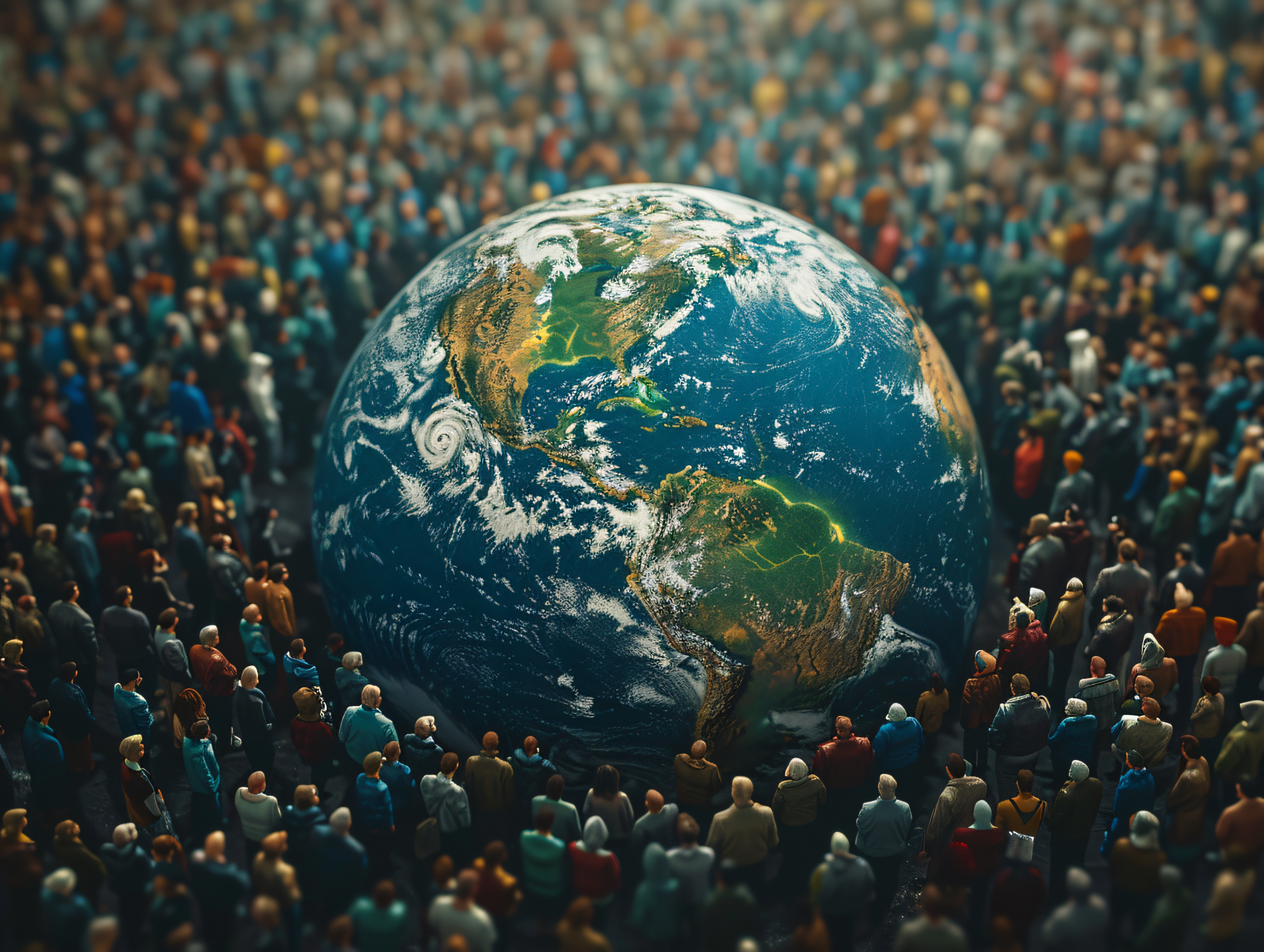
The Paris Agreement, adopted on December 12, 2015, during the 21st Conference of the Parties (COP21) to the United Nations Framework Convention on Climate Change (UNFCCC), represents a historic milestone in the global effort to combat climate change. This legally binding international treaty aims to unite nations in limiting global warming to well below 2°C, with an aspirational goal of capping temperature rise at 1.5°C above pre-industrial levels.
Key Features of the Paris Agreement
The Paris Agreement differs from previous climate accords in several fundamental ways. Unlike the Kyoto Protocol, which placed binding emission reduction targets on developed nations, the Paris Agreement adopts a universal framework. All countries, regardless of economic status, are required to contribute through nationally determined contributions (NDCs).


The Core Objectives
The Paris Agreement revolves around three primary objectives :
1. Mitigation: Signatory countries commit to reducing greenhouse gas emissions to prevent the most catastrophic impacts of climate change.
2. Adaptation: The treaty emphasizes enhancing the capacity of nations to adapt to climate-related impacts, such as rising sea levels, extreme weather events, and shifting ecosystems.
3. Finance: Developed nations pledge to mobilize $100 billion annually by 2020—a target extended to 2025—to support climate action in developing countries.
"This is our chance to write the history of the 21st century—a turning point in climate action," said Laurent Fabius, then-French Foreign Minister and President of COP21, highlighting the monumental significance of the agreement.
A Collaborative Effort
The Paris Agreement underscores the importance of international cooperation. It recognizes that while developed nations bear historical responsibility for most emissions, developing countries are disproportionately affected by climate change. The agreement promotes equity by ensuring that wealthier countries provide financial and technological support to help developing nations transition to cleaner energy systems and build climate resilience.
For instance, the Green Climate Fund (GCF) plays a pivotal role in channeling financial resources to vulnerable countries. Projects such as solar power initiatives in Africa and coastal protection in Pacific island nations demonstrate the tangible benefits of global solidarity.
Progress and Challenges
Since its adoption, the Paris Agreement has seen significant milestones. As of 2023, 195 parties have signed the treaty, and 193 have ratified it. Many nations have announced ambitious goals: the European Union aims to achieve carbon neutrality by 2050, while India has pledged to reach net-zero emissions by 2070.
However, challenges persist. The United Nations Environment Programme’s Emissions Gap Report warns that current NDCs are insufficient to meet the 1.5°C target, projecting a likely temperature rise of 2.4–2.6°C by the end of the century. Additionally, geopolitical tensions, economic constraints, and varying levels of commitment hinder progress.
The Role of Non-State Actors
The Paris Agreement also recognizes the crucial role of non-state actors, including businesses, cities, and civil society organizations. Initiatives like the "Race to Zero" campaign, which mobilizes companies and local governments to achieve net-zero emissions, illustrate the growing influence of grassroots action.
In 2019, Greta Thunberg’s "Fridays for Future" movement galvanized millions of young people worldwide, demanding urgent climate action. "Our house is on fire," she famously said, encapsulating the existential urgency of the climate crisis.
Why the Paris Agreement Matters,
The Paris Agreement is more than a document; it is a testament to humanity’s ability to confront a common threat through collective will and action. By fostering a sense of shared responsibility and emphasizing sustainable development, the agreement paves the way for a greener, more equitable future.
"We are the first generation to feel the effect of climate change and the last generation who can do something about it," said former U.S. President Barack Obama, reflecting the critical moment we face.
A Call to Action
The success of the Paris Agreement depends on sustained commitment and innovation. Governments must align policies with climate goals, industries must embrace clean technologies, and individuals must advocate for sustainable practices. By working together, we can turn the vision of the Paris Agreement into reality and safeguard our planet for generations to come.
The road ahead is challenging, but as the Paris Agreement reminds us, global cooperation and shared ambition can overcome even the most daunting obstacles.